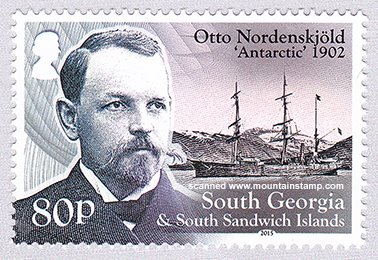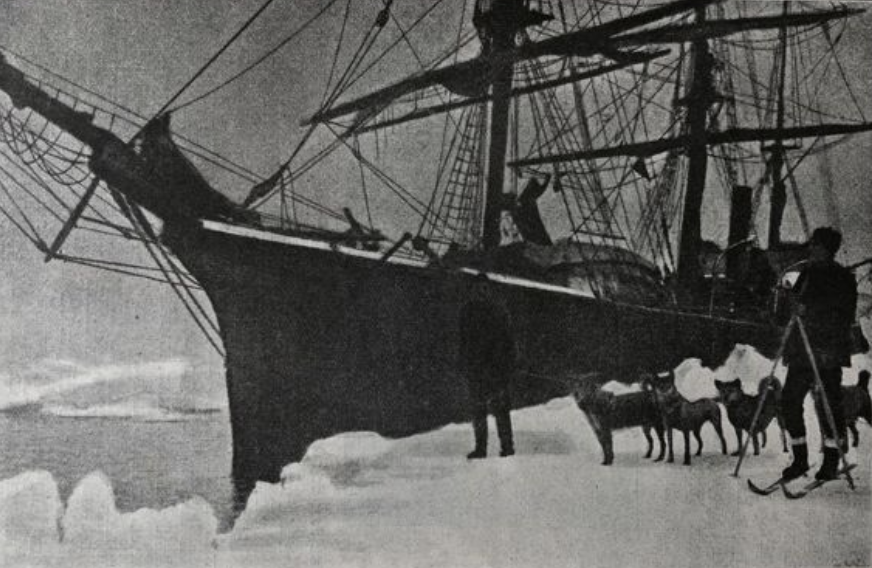The Swedes in Antarctica

It may surprise you to know that one of the greatest scientific journeys to Antarctica was made by a group from Sweden under the leadership of geologist, Otto Nordenskjöld.
It was called the Swedish South Polar Expedition of 1901-1903 and used Henryk Bull’s old sealing ship, Antarctica. The story of their expedition is far bigger than I can do it justice here and the full story is for another time but here are the key aspects.
Nordenskjöld was a ground-breaking scientist whose insights led to major new ideas about ancient climate, ocean circulation, Antarctic flora and fauna evolution and plate tectonics.
The expedition arrived in Antarctica in February, 1902 and built a prefabricated hut on Snow Hill Island. From here, Nordenskjöld made the first major sled journey on Antarctica (600 km), wintered over on Snow Hill Island, and collected excellent fossils and geological specimens.
On Seymour Island he discovered the fossil remains of a giant penguin, 1.5m tall, the largest ever found.
After dropping off a second team at Hope Bay and continuing on to Erebus and Terror Gulf his ship, Antarctica, was crushed in the pack ice and the crew abandoned her.

They were now stranded and made their way over the sea ice to Paulet Island where they built a stone hut. There were now three groups who knew nothing about the location or fate of the others and each team spent a harsh winter stranded and isolated from their companions.
All the while they continued their scientific work as far as possible. Surviving on penguins and seals they managed to get through the winter, though they took a toll on the local Adelie penguins, having killed around 1500 of them as well as dozens of seals.
They also stockpiled 6000 penguin eggs when they thought they would be spending another winter there. That was their only hope of surviving though, as other expeditions had found before them. It was an extremely hard time but having taught the Swedish military in the Arctic I know how tough the Swedes can be.
They were all eventually rescued by the Argentine ship, Uruguay and taken to Buenos Aires and then home to Malmo in Sweden.
Otto Nordenskjöld is considered a hero in Sweden and rightly so. Unfortunately he met a rather mediocre end, for an adventurer. In 1928 he was hit by a bus and died, but still, he lived more than most in his 58 years.
His fossil discoveries were celebrated in 2001 at the University of Gothenburg for the centenary of his voyage, a voyage that was incredibly far-reaching and significant in the history of Antarctic Science.
